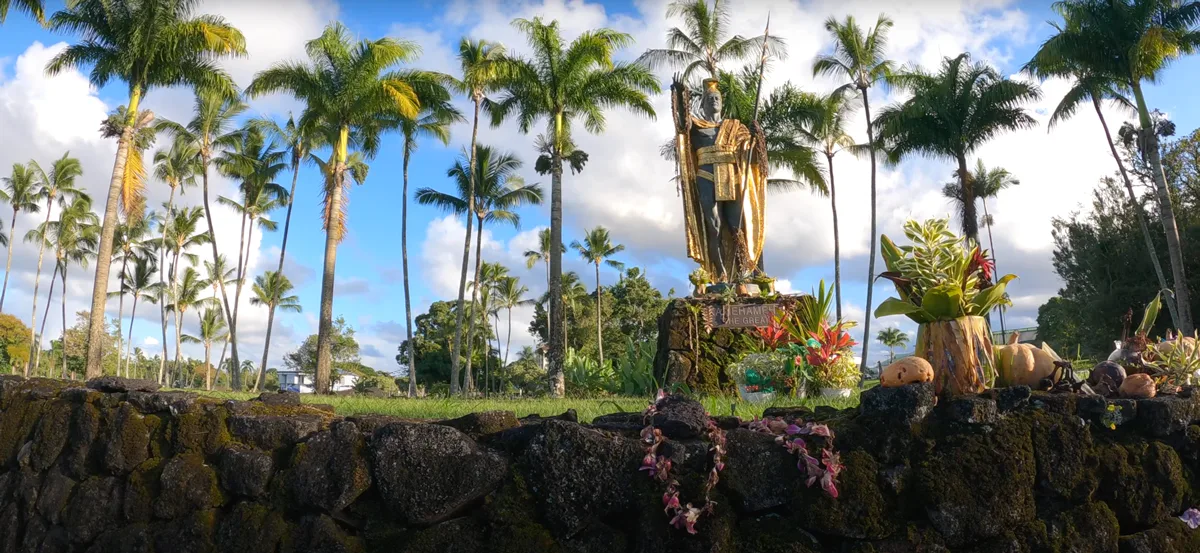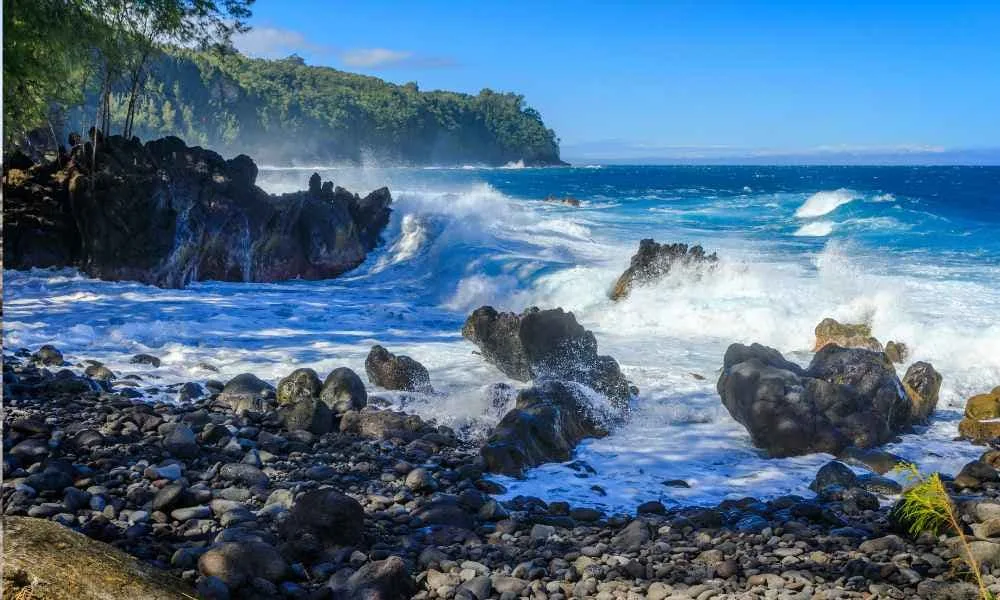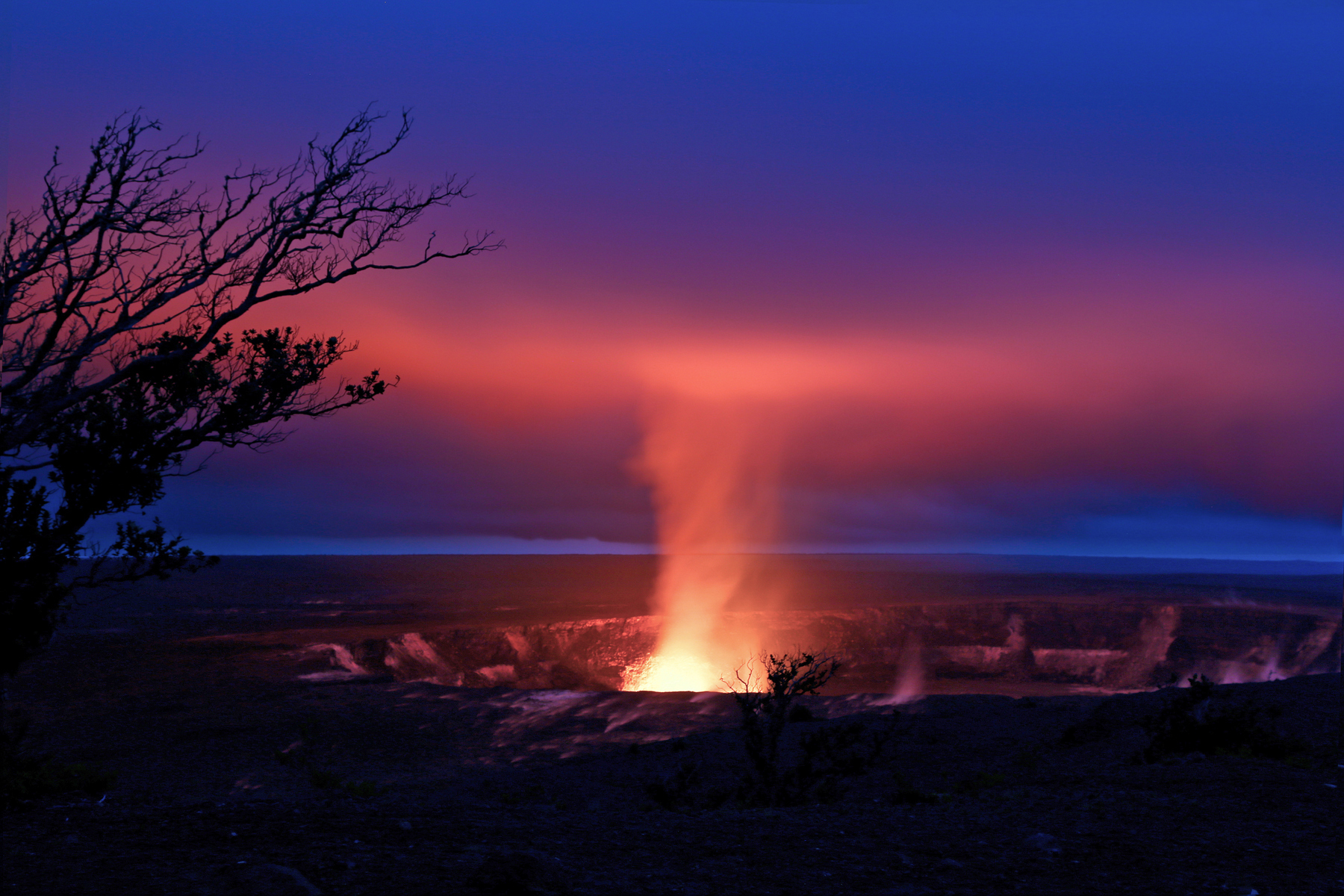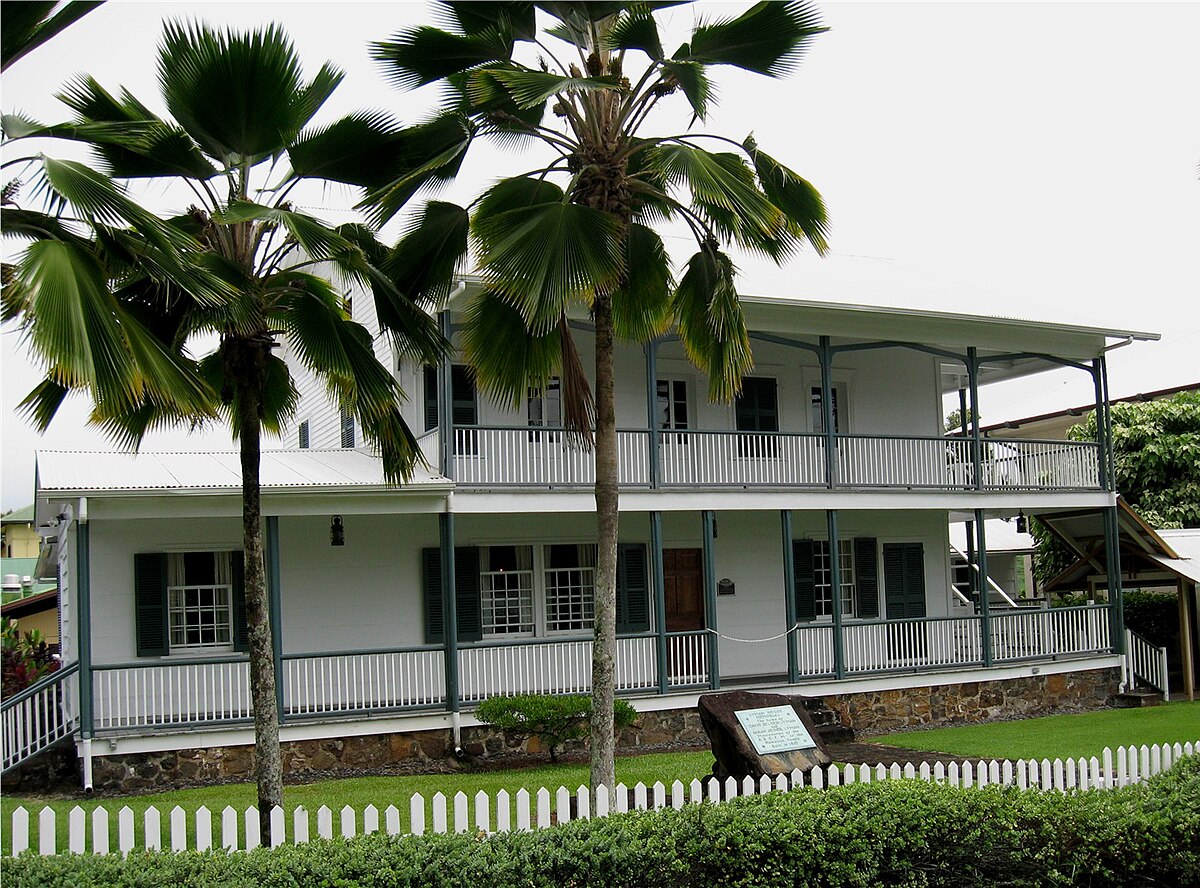On an island known for lava and black rock, the East Side is lush, green, and endlessly alive. Hilo, the Big Island’s second-largest town, is often described as Hawaiʻi’s most authentic city—where banyan trees shade mom-and-pop shops, afternoon rain feeds jungle-thick valleys, and traditions run deep in the daily rhythm of life. This side of the island isn’t polished—it’s rooted. And that’s what makes it unforgettable.
Whether you're chasing waterfalls, exploring botanical gardens, or watching the earth being born inside Hawaiʻi Volcanoes National Park, East Hawaiʻi offers an experience no other island can match.
Hilo Town: Laid-Back, Local, and Lush

Set along crescent-shaped Hilo Bay, the town feels suspended in time. Old storefronts along Kamehameha Avenue house local boutiques, bakeries, and galleries. Liliʻuokalani Gardens, a peaceful Japanese garden gifted in the early 1900s, sits across the bay from Coconut Island, a favorite local swimming and picnic spot.
Start your day at Hilo Farmers Market, open daily with its biggest offerings on Wednesdays and Saturdays. You’ll find fresh papayas, lilikoʻi (passionfruit), handmade jewelry, tropical flowers, and plate lunches that hit just right. Stop by Two Ladies Kitchen for fresh mochi, or sip local-grown coffee at Hilo Coffee Mill.
While Hilo has seen its share of tsunamis and heavy rains, it's that very water that keeps this town thriving in green. Locals embrace it—umbrellas in hand, smiles all the same.
Waterfalls, Gardens, and Scenic Drives

East Hawaiʻi is waterfall country. Just north of town, take the Hāmākua Coast Scenic Drive, one of the most beautiful routes in the islands, weaving through rainforest and past ocean cliffs.
- ʻAkaka Falls State Park: A short loop trail brings you to a 442-foot waterfall plummeting into a lush gorge. This is one of Hawaiʻi’s most photogenic spots—and worth the small entry fee.
- Rainbow Falls: Right in Hilo town, this easily accessible cascade gets its name from the morning rainbows often seen in its mist.
- Hawaiʻi Tropical Bioreserve & Garden: A hidden gem on the coast near Onomea Bay, this botanical garden showcases orchids, heliconia, and bamboo forests in a dramatic oceanside setting.
The entire coastline here feels like a painting—greens, blues, and grays colliding in ways you can’t plan, only witness.
Volcanoes and Earth’s Raw Power

Just 45 minutes south of Hilo is one of Hawaiʻi’s most iconic experiences: Hawaiʻi Volcanoes National Park. This living landscape is home to Kīlauea, one of the most active volcanoes on Earth, and Mauna Loa, the planet’s largest volcano by mass.
Explore steaming craters, lava tubes, and miles of trails that cross hardened flows and ancient rainforests. If lava is flowing (which varies year to year), park rangers provide safe viewing zones—where you can watch red earth pour from the mountain into the night.
The Kīlauea Visitor Center and Jaggar Museum Overlook (when open) provide educational context and stunning crater views, especially dramatic at dusk.
Culture Runs Deep in East Hawaiʻi
Hilo isn't just a gateway to natural wonders—it’s a stronghold of Hawaiian culture. The Merrie Monarch Festival, held each spring, is the most prestigious hula competition in the world, drawing performers and spectators from every island and beyond. Tickets are hard to get, but the town buzzes with energy all week long.
Visit the Lyman Museum and Pacific Tsunami Museum to learn about Hilo’s past, or stop by the Imiloa Astronomy Center, where Native Hawaiian navigation traditions meet cutting-edge science about Mauna Kea and the stars.

When to Visit Hilo and the East Side
Year-round: Expect rain—this side of the island averages 120+ inches annually. It’s what keeps it so green and lush.
Spring (Mar–May): Merrie Monarch season and peak flower bloom time.
Summer (Jun–Aug): Warmer temps, clearer skies, and great weather for waterfall hikes and garden visits.
Fall (Sep–Nov): Fewer crowds, fresh produce at markets, and moody rainforest beauty.
Winter (Dec–Feb): Frequent rains, but also whale watching along the Hāmākua Coast.
Essential Hilo Travel Tips
- Bring a light rain jacket: Showers are frequent but often short.
- Don’t rush: East Hawaiʻi rewards slow travel—take your time between stops.
- Respect the land: Many waterfalls and lava fields are near sacred or protected areas. Stay on trails and observe signs.
Buy local: Hilo’s economy is rooted in community—supporting small vendors and farms makes a difference.